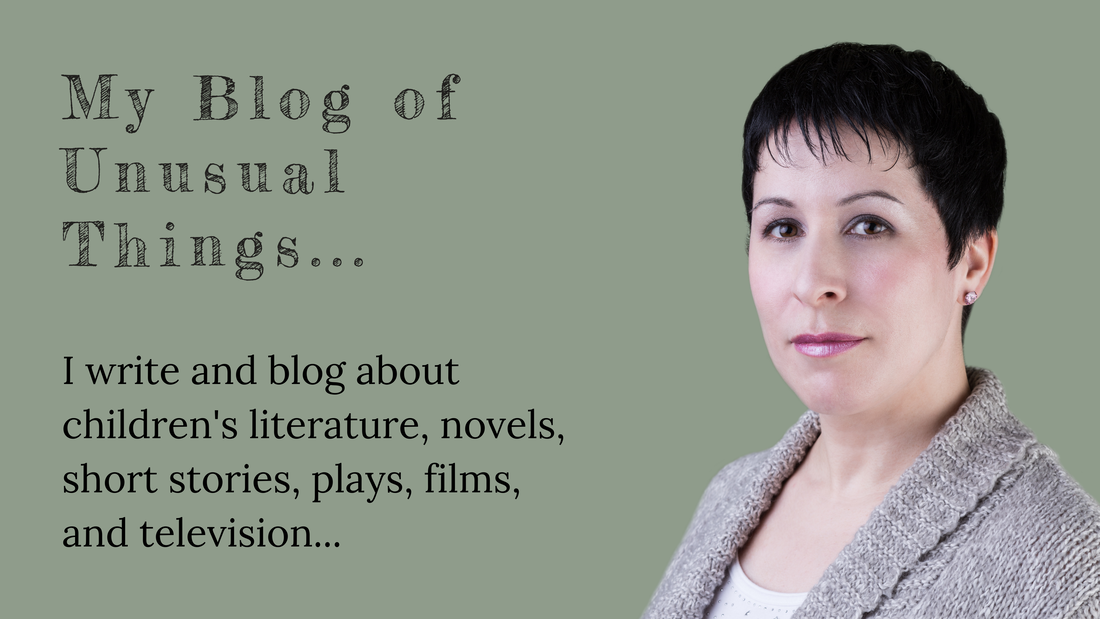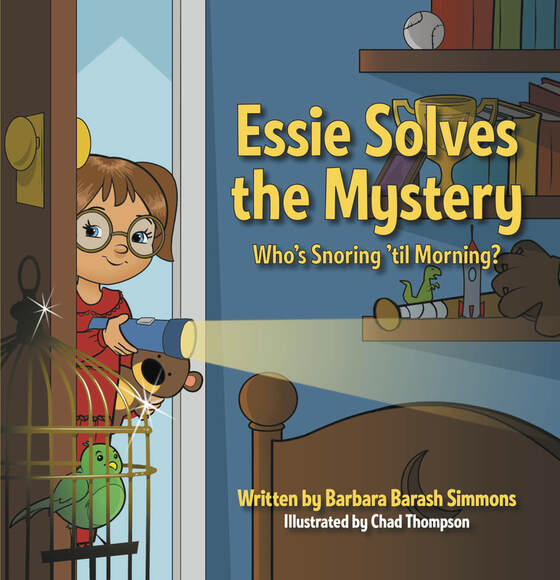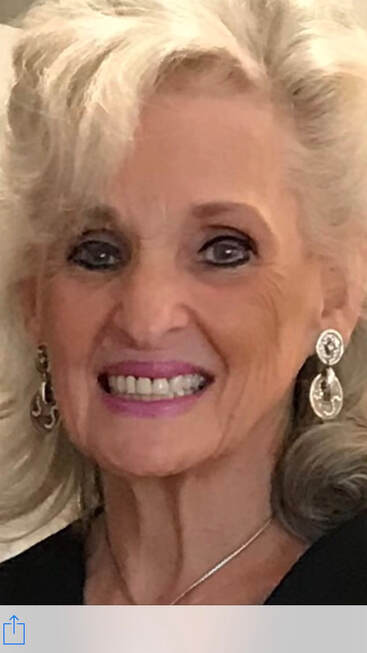- Home
- About Me
-
Children's Literature
-
Picture Books
- Tamara Turtle's Life So Far
- Chloe the Unfeathered Parrot
- Merry Myrrh the Christmas Bat - new edition!
- Sloth the Lazy Dragon - new edition!
- Dog Band
- Libby the Lobivia Jajoiana
- Beverlee, la chatte de Birmanie
- Beverlee Beaz the Brown Burmese - new edition!
- Mixter Twizzle's Breakfast
- Picture Books COMING SOON
- Middle-Grade Novels
- Out of Print Editions
- Stories and Articles
-
Picture Books
- Novels
- Scripts
- Short Fiction
- Merchandise and Shop
- Upcoming Events
- Home
- About Me
-
Children's Literature
-
Picture Books
- Tamara Turtle's Life So Far
- Chloe the Unfeathered Parrot
- Merry Myrrh the Christmas Bat - new edition!
- Sloth the Lazy Dragon - new edition!
- Dog Band
- Libby the Lobivia Jajoiana
- Beverlee, la chatte de Birmanie
- Beverlee Beaz the Brown Burmese - new edition!
- Mixter Twizzle's Breakfast
- Picture Books COMING SOON
- Middle-Grade Novels
- Out of Print Editions
- Stories and Articles
-
Picture Books
- Novels
- Scripts
- Short Fiction
- Merchandise and Shop
- Upcoming Events
|
Please share your writing background. While living in Hong Kong in the late 1960s to early 1970’s, working in my field as a personal and career counsellor was not possible. Just by luck, I met a producer for Radio Hong Kong and was hired on spec. I had never been paid for writing anything. I began with book reviews and did some interviews of local celebrities. It was fun and I felt challenged. When I moved to Canada in 1973, I wrote book reviews for The Ottawa Citizen and Ottawa Journal. These freelance jobs gave me the confidence to continue writing for newspapers, and after moving once again, I landed a staff writing job at the Guelph Mercury - on the “Women’s Desk.” Later, I resumed my counselling career in colleges and universities. But writing provided so much enjoyment that when I moved to Toronto, I eventually became one of the Career Columnists for the Toronto Star - which for four years I incorporated into my full-time position of career counsellor at George Brown College. Writing leads one in many directions - unexpected opportunities came along for me once I had the confidence to try something new. I was asked to write a college academic program, which became very successful and a few years later an online job search and career counselling web program for students. All this pulled out creativity I didn’t even know was there. I was writing original career material, booklets and handouts, for students. What about your background writing specifically for children? When I retired and my grandchildren started coming along, I decided that I wanted to give them something each would always have - a book with his/her name in the title. So, I began with the eldest, Shia - and it was just for family. When my eldest granddaughter was born, it was the beginning of my picture book, Essie Solves the Mystery Who’s Snoring ‘til Morning? This book I wanted to sell. The premise: Essie is awakened on a stormy night to the annoying sound of someone snoring. She starts a search of her quiet, sleeping home, to locate the offender. The rhyme just popped into my head but I never quite finished it UNTIL the pandemic hit. Then I had lots of time and fine tuned the manuscript. I searched online for an illustrator whose work seemed attuned with my image of the Essie character and found Chad Thompson, who lives in Florida—he was so was easy and pleasant to work with. Never having met, we partnered online, occasionally on the phone. The images are colourful and playful, I think. The book was self-published in 2020 with Booklocker. This book was never marketed by me, but Booklocker got it on Amazon, Barnes and Noble, Goodreads, Ingram - and it has received wonderful reviews. That’s the feedback I am getting from parents and grandparents. (I even received a video of a three-year-old little girl who memorized the whole book and is reciting it on the video to her mother. That gave me such pleasure). Writing Essie Solves the Mystery had great input from my then 11-year-old granddaughter. It was she who suggested the back cover blurb - inviting little readers to follow Essie along on her middle of the night journey of her house to find the snorer. I believe young children and their parents hopefully find this an adventure story. As well, there has been significant research on the genre of mysteries for children that they provide more than just entertainment. Educator and writer, Melissa Taylor suggests, and I quote, “…mystery picture books help children develop thinking skills.” As they look for clues, they are using deductive reasoning while trying to solve the mystery along with the character. Feedback also tells me that the children and parents greatest fun comes from guessing who is snoring. And, they love the rhyming, but that is counter to what agents and publishers have shared—many do NOT like rhyming. A dilemma for me, which I will discuss shortly. One review, from a grandfather, wrote he hopes there will be “more books about Essie.” That gave me inspiration, and my granddaughter and I are ‘in discussion’. What are your favorite scenes from Essie? When Essie is “suddenly hungry and stops in the kitchen to make herself toast, ‘cause she likes toast the most.” I also love the ending as a recurrent character in my other writings shows up. Tell me about your most recent book. Leibush the Great, for middle-graders, was, like my picture book Essie Solves the Mystery Who’s Snoring ‘til Morning? written during the pandemic. But Leibush the Great, was long in my head. It is based on the story of my grandfather, who at 17 in Russia, 1909, was a resister of Czar Nicholas ll. If he didn’t escape, he would have been jailed or killed for leading demonstrations. And what are your favorite scenes from Leibush the Great? There are many favorite scenes in the book that I find exciting. I vividly recall when he told me of his near-death experience on the steamship when he developed an infection in his hand. How he got the infection is in itself quite a story. Arriving almost penniless at Ellis Island, New York city, his first job was with a company he stayed with for years—the famous Otis Elevator Company painting in the high elevator shafts and precariously standing on scaffolds. Of course, the pinnacle of his career was painting in the Empire State Building as it was constructed. Years after immigrating, Leibush snuck back into Russia under an assumed name to get his family ready to immigrate to the USA and Canada. It’s hard to choose a favorite scene. I admire his whole life and what he brought to everyone - his family, people he helped along the way, his commitment to causes. I hope the stories are retold in this book in a way that is fitting to his legacy. Leibush the Great is now being sent to publishers after MANY rewrites and research using ships manifest, genealogy records, and the anecdotal accounts from family members, and my memories. As well, I wrote the CEO of Otis Elevator who asked the head archivist to assist me by providing photographs and background information. I am also working on this book as a memoir version for children - but that still in progress. What do you hope readers take away from this story? That the immigrant story is one to be admired for many reasons. As a child, I don‘t think I appreciated the marvel who was my grandfather. He had to be so brave and confident as a teenager to stand up against the Czar and antisemitism. He was courageous to travel from Russia to New York City on his own, to trust his instincts, to have faith in himself. He was a teen. I remember him when I was a teen listening to his stories. Our lives could not have been more diverse. Your advice for writers? I am always learning new information about publishing and self-publishing which I share with you: -before submitting anywhere: research, research, research the market, to learn publisher/agent expectations. -get your completed manuscript read by friends, family just to see if they were caught up in the story. I went one step further for my newest MG book, the biography about my grandfather. Before I started writing, I sent a letter to all my relevant family who shared knowledge of my character - so these relatives provided key anecdotal information. When I thought it was ready, I sent the manuscript to a cousin who is a well-known author and her generous feedback led me to add scenes to the story that enriched it. Then, I sent it to my grandchildren who are in the MG age range, and I asked for their feedback. That was rewarding and humorous. Then I asked some friends to read for continuity and story interest. And then, I paid for a copy editor to fix up punctuation and grammar. She was great and worth the added expense. I have been told the following by agents and some very helpful publisher’s key information can be found in publisher submission guidelines or agent websites as to their expectations: -why rhyming books are problematic: One reason I was given was because they are not easily translatable to other languages. Another publisher was adamant - don’t send him ANY rhyming picture books as he finds them, apparently trite. So, my dilemma is that kids like rhyme. There are some publishers who obviously do like it - so everyone has to really research before submitting. -a caution: self-publishing with the expectation that the book will be picked up by a publishing house. I was told candidly that once it’s self-published, a traditional publisher no longer has first publishing rights, so they are not interested. A lesson that has determined me to put my Essie book on Kindle, which is KDP (Kindle Direct Publishing). It will be another cost. But minimal. - doing a book launch: Regan’s virtual book launch for her Dog Band book was so terrific. I may try one but my technical skills are so-so. My friends want to have a traditional book launch for me, maybe this spring. - follow-up on previous online requests to be included in book stores and libraries. Where do you get your ideas? Listening and watching people in ordinary and extraordinary situations draw me in. For example, I wrote a children’s book with my grandson’s name, Levi, in the title - and it is based on a real-life story of a friend of Levi’s who lost his mother. It is a sweet story of how Levi tries to help his friend, but when I sent it to a couple of publishers, I was told, it was a “specialty” book which wouldn’t sell as well. Another publisher told me they don’t publish anything about death. Recently on a CANSCAIP session, I brought this matter up, and was told by participants that there were publishers who will accept the topic. So, I will follow-up and submit. How has the pandemic affected you and your writing? This time has provided a great deal of self-refection which I have turned into memoir writing. Five of my articles/essays have been published in the Globe and Mail’s First Person (previously Facts and Arguments). Most recently was my memoir on finding a friend in a grief counselling group when we both lost our husbands. It led to walking together each week and from that a bond formed that went beyond grief. Readers responded so positively. My other recent memoir writing was about dating during a pandemic. I do enjoy this genre, and have just completed one for Mother’s Day, and may submit it or just keep it for family. I have also published posts for GRANDmagazine a few times. Different outlets for different stories. There seem to be unending opportunities. Such as this blog, which is so generous of Regan to offer writers. I have used the pandemic to form reading teams to give me feedback along the way for most of my writing. Also, rejection letters have often been so nice that I have followed up with a further question regarding what would make the piece more compelling or interesting to them. Sometimes, several times, I have gotten great advice from these busy people. I never question their decision of course. I have taken workshops from Brian Henry, or those offered through CANSCAIP or SCBWI. I work on my query letters and have finally found they are now effective as I have been asked to submit my manuscript. What is next for you? My next project is to complete my adult novel. Currently half-way through, I have let it sit with me, while I wrote my middle-grade book. But I have a team of two readers who have read the first 100 pages of the novel and provided excellent input and suggestions. Altering my vocabulary and voice is of course very different than when writing for children, and it will take me some time to get back into my head to write for adults. Tell me something people may not know about you already. I speak Mandarin – very poorly! But it is great fun to get into a conversation with people who are very patient in understanding me. Find Barbara via her author website!
0 Comments
Leave a Reply. |
Archives
July 2024
Categories |




 RSS Feed
RSS Feed
